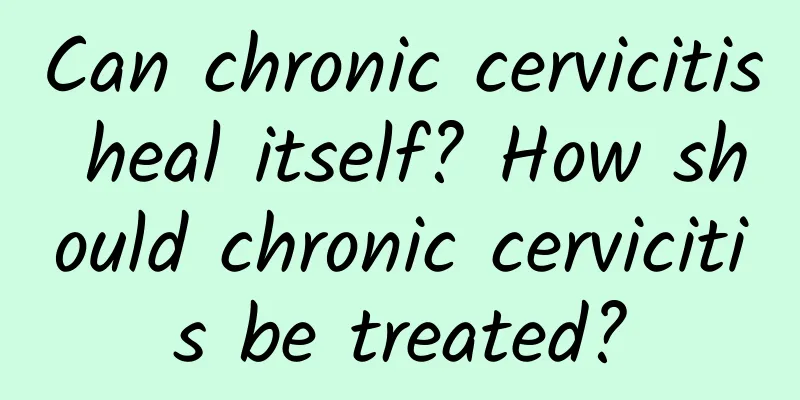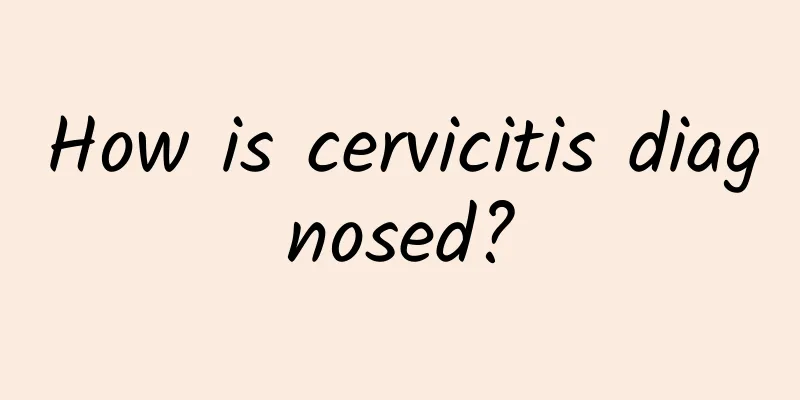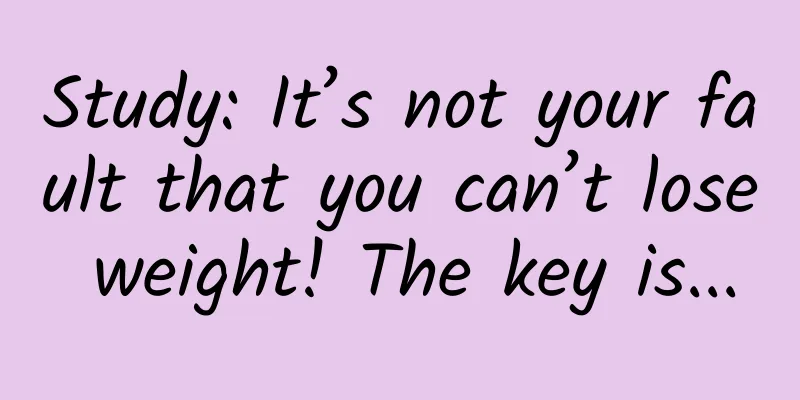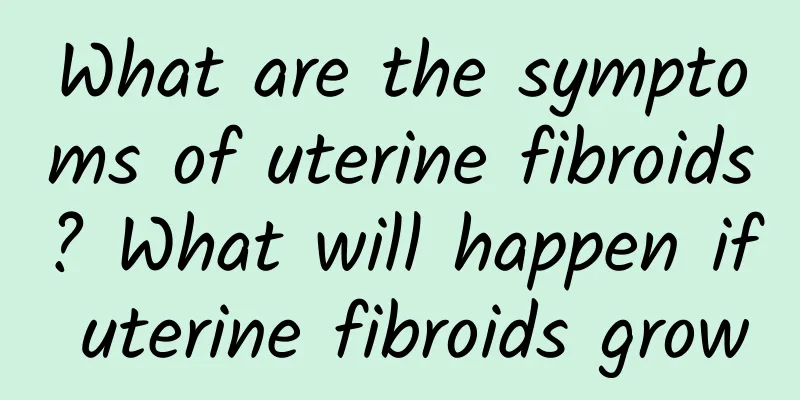What to do if uterine fibroids become cancerous? There are five types of people who are at high risk of uterine fibroids

|
Uterine fibroids are very harmful to the human body. In daily life, we should have a clear understanding of it, know and discover it as soon as possible. When suspected of uterine fibroids, don't panic, maintain a scientific diet and lifestyle, treat it in time with a calm mind, and be a healthy woman. Uterine fibroids need to pay attention to 8 major hazards Now, let's look at the dangers of uterine fibroids. 1. Anemia: Long-term menorrhagia in patients with uterine fibroids can easily lead to secondary anemia and even anemic heart disease. In severe cases, patients may suffer from general fatigue, pale complexion, shortness of breath, and palpitations. 2. Torsion Subserosal fibroids can twist at the pedicle, causing acute abdominal pain. If the tumor pedicle is severely twisted, if surgery is not performed immediately or it cannot be turned back on its own, a free fibroid may form due to the twisting of the tumor pedicle. The twisted fibroid can also drive the entire uterus, causing the uterine axis to twist. 3. Infertility can lead to miscarriage, premature birth and other complications during delivery. During pregnancy, the influence of fibroids can cause stomach pain and uterine contractions, and premature birth needs to be identified. 4. Concurrent gynecological inflammation Patients with uterine fibroids may experience symptoms of menstrual changes, such as increased menstrual volume and prolonged menstruation. Irregular bleeding can cause bacterial damage, leading to gynecological inflammation such as adnexitis and pelvic inflammatory disease. Suggested reading >>>> Uterine fibroids examination items 5. Uterine fibroids combined with uterine body cancer Uterine fibroids combined with uterine body cancer accounted for 2%, which is much higher than uterine fibroids combined with cervical cancer. Therefore, menopausal patients with uterine fibroids and persistent uterine bleeding should be alert to the presence of endometrial cancer. 6. Infection and suppuration Uterine fibroids can cause pelvic congestion and infection. The infection is mainly caused by tumor pedicle torsion, while blood infection is extremely rare. After infection, a few patients will form abscesses in the tumor tissue, and the rest will be suppurative. 7. Free myoma Subserosal uterine myoma can twist at the pedicle, causing acute abdominal pain. If the condition is serious, if surgery is not performed immediately, free myoma may form due to the twisting of the tumor pedicle. Of course, the twisted myoma can also drive the entire uterus, causing axial torsion of the uterus (mainly near the internal opening of the cervical canal). 8. Malignant lesions Uterine fibroids are benign tumors, but a small number of women still cannot escape the risk of malignant lesions (the rate of malignant lesions is about 1%), especially elderly women. Therefore, patients with rapidly growing fibroids or postmenopausal fibroids should remain vigilant. Uterine fibroids love five types of women Gynecologists point out that a large number of clinical observations and experimental results show that the incidence of uterine fibroids is also very high, and five types of women should pay great attention to it: 1. Women with a family history of uterine fibroids. Those whose immediate relatives or sisters suffer from uterine fibroids are 2 times more likely to get sick than those without a family history. Second, women with ovarian hyperfunction, such as polycystic ovary syndrome, granulosa cell tumor, ovarian granulosa cell tumor and other ovarian endocrine function diseases can induce uterine fibroids. 3. The incidence of uterine fibroids is inversely proportional to the number of births, because during pregnancy and breastfeeding in October, the ovaries do not ovulate and the hormone secretion level is low, thus protecting the health of the uterus. Fourth, women with high estrogen utilization. Hormones need receptors, and some people have sensitive receptors and are easily affected by hormones, so they are relatively prone to uterine fibroids. 5. Obese women. Studies have shown that because obese people are more likely to synthesize estrogen, the risk of developing fibroids increases by 21% for every 10 kg increase in weight. (Do you want to receive authoritative parenting knowledge from pediatric experts from tertiary hospitals every day? Long press the picture above to scan the code) |
<<: Can uterine fibroids cause cancer? Can sexual dysfunction lead to uterine fibroids?
Recommend
The relationship between late-stage Bartholinitis and life expectancy
Bartholinitis is a common gynecological disease, ...
What tests should be done to find out the causes of threatened miscarriage?
Threatened miscarriage may be caused by a variety...
How do you know the cause of pelvic inflammatory disease?
The cause of pelvic inflammatory disease may be r...
Xiaozhen's polycystic ovary disease may be a hidden danger of gynecological cancer
According to print media reports, well-known arti...
What are the dangers of ovarian cysts?
What are the dangers of ovarian cysts? 1. The cli...
Can pelvic effusion go away on its own?
Can pelvic effusion disappear on its own? Some wo...
How does adnexitis occur?
How does adnexitis occur? Adnexitis may be caused...
Muscular male stars are calling out for "mermaid line" training
President Ma announced the good news of his daugh...
How long will it take to go back to work after an abortion? What should you pay attention to after an abortion?
Abortion will have some impact on women's bod...
Before you start jogging, do a warm-up move! Kick-butt run
Road running has become popular in recent years, ...
What are the symptoms of pathological ovarian cysts and how to treat them
Patients with pathological ovarian cysts will hav...
Sometimes my menstruation is normal, sometimes it is not. What's wrong?
What's wrong with sometimes normal menstruati...
Okra green tea is becoming popular for weight loss, lowering blood sugar and reducing edema? Hot brew or cold brew, which one is better? Nutritionist answers...
When you go to a revolving sushi restaurant, you ...
What are the consequences of Bartholinitis?
We must actively grasp the consequences of Bartho...
Recommended hospitals for the treatment of threatened abortion
It is very important to choose the right hospital...









